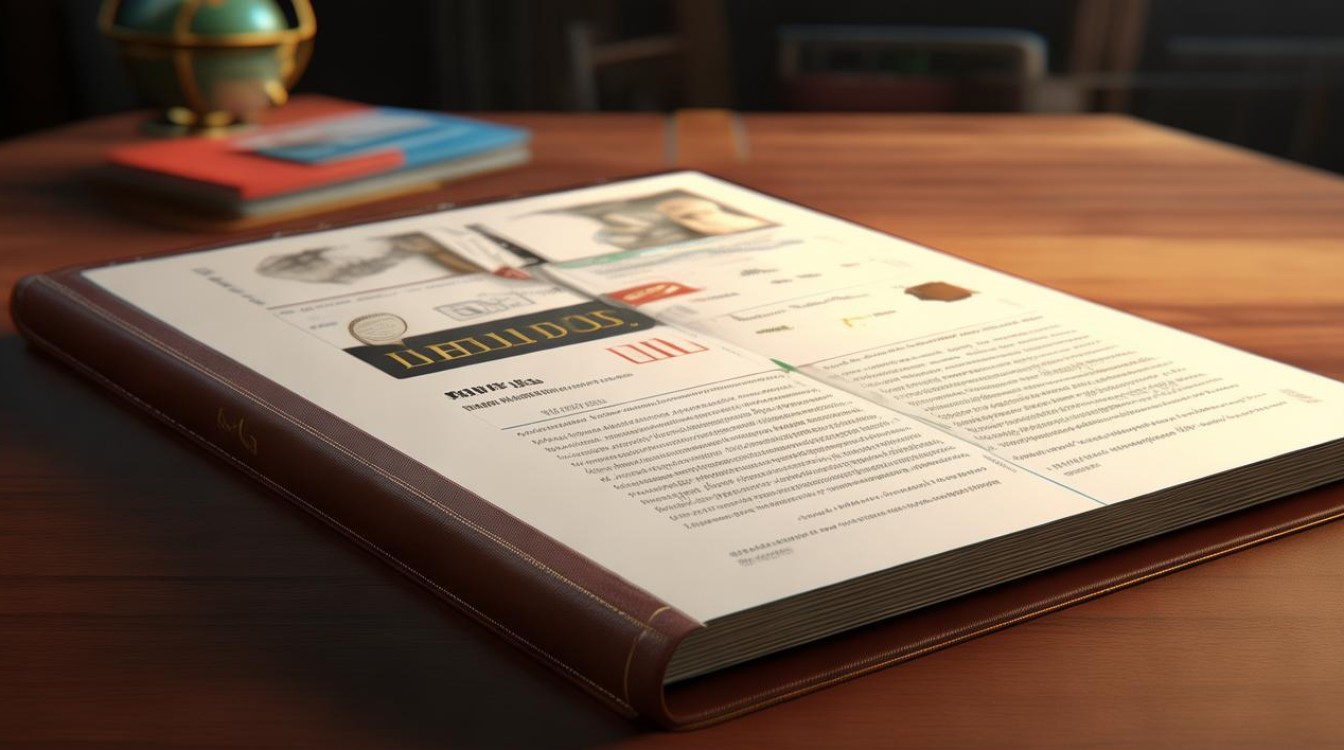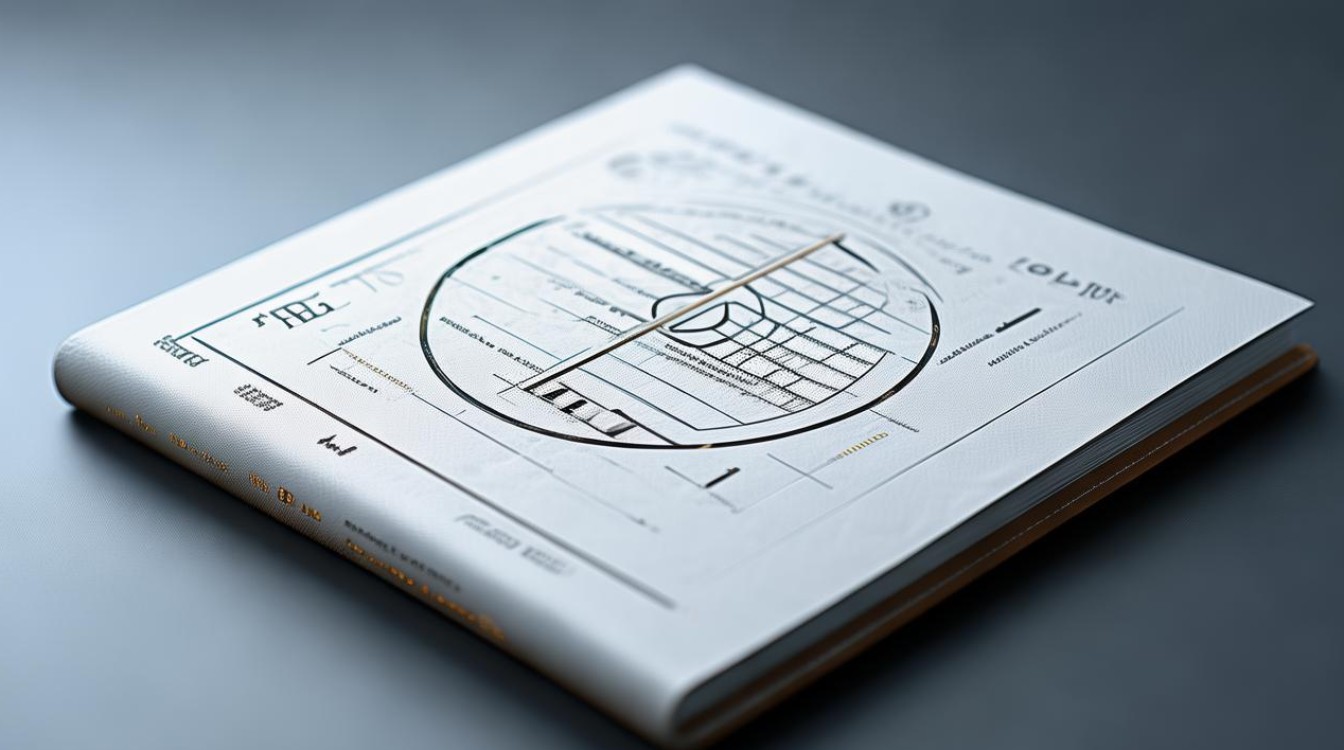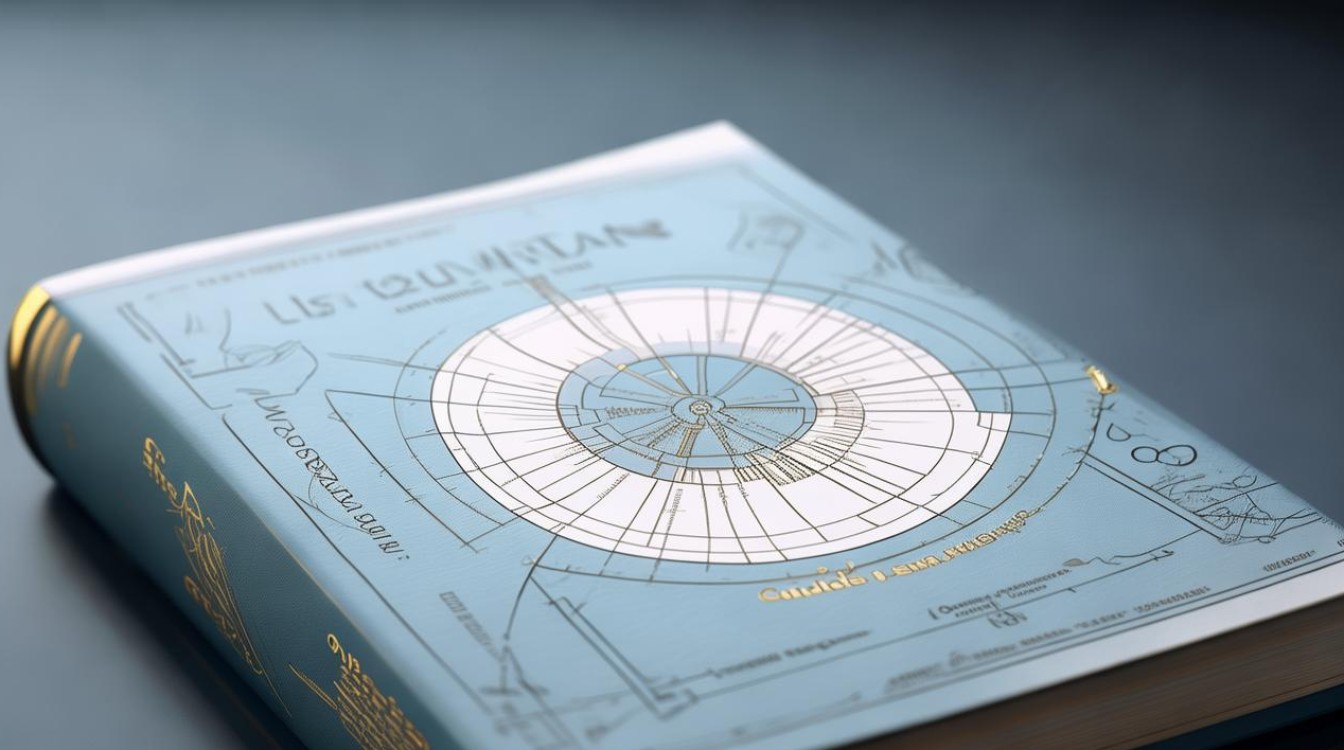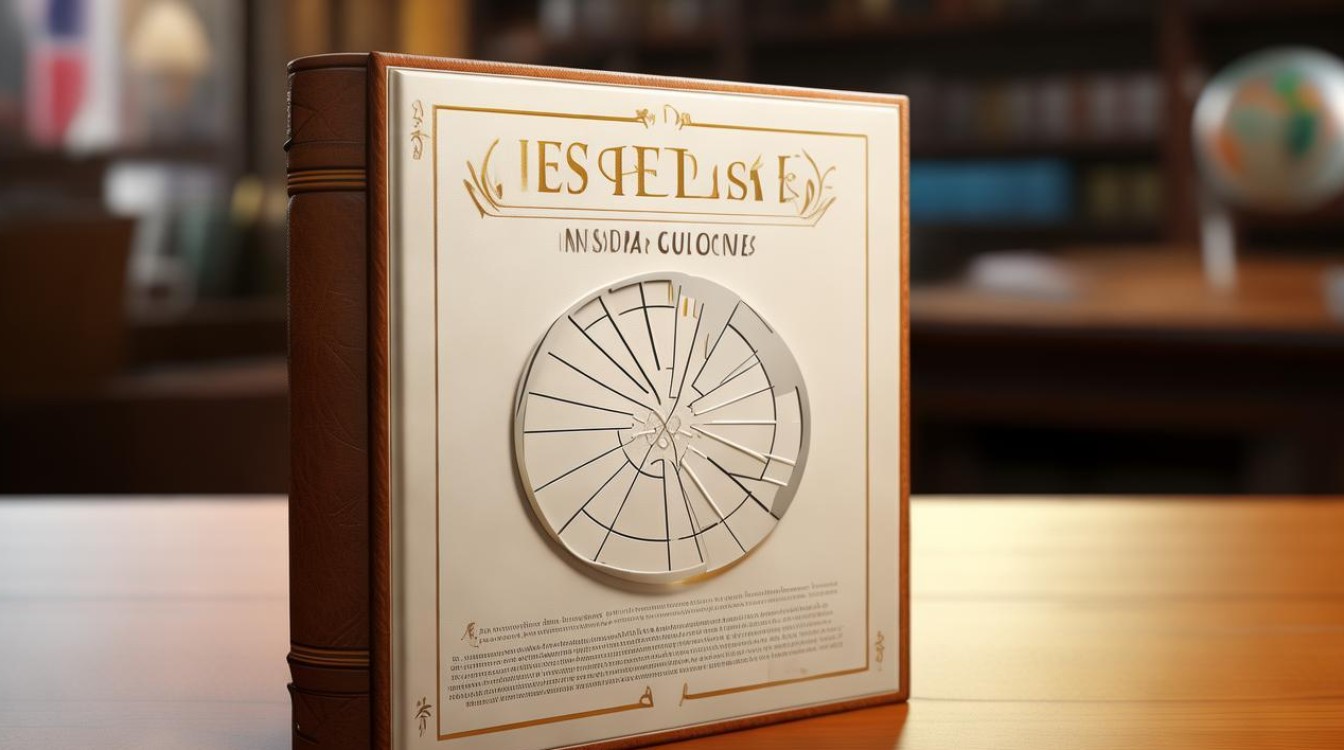雅思写作Task 1中,饼形图(Pie Chart)是常见题型之一,许多考生在面对这类图表时,容易陷入数据堆砌或表达单一的困境,本文将从审题、结构、词汇、句式等方面,详细解析如何高效撰写一篇高分饼形图作文。

理解饼形图的核心信息
饼形图通常用于展示不同类别在整体中的占比关系,审题时需重点关注:
- 图表主题:明确图表描述的对象,如能源消耗、人口比例、消费结构等。
- 时间范围:判断数据是否涉及时间变化(如多张饼图对比),还是静态分布。
- 关键数据:识别占比最大和最小的部分,以及是否有显著差异或趋势。
示例: 给出某国2023年能源来源比例(煤炭40%、天然气30%、可再生能源20%、核能10%),核心信息是“煤炭主导能源结构,可再生能源占比偏低”。
高分作文结构解析
雅思官方评分标准要求作文具备清晰的逻辑和连贯性,推荐采用四段式结构:
引言段(Introduction)
用1-2句话改写题目,说明图表的核心内容,避免直接照抄题目,可调整句式或替换词汇。

例句:
"The pie chart illustrates the proportion of energy derived from different sources in a particular country in 2023."
概述段(Overview)
概括图表最显著的特征,无需列举具体数据,通常包括:
- 占比最大的类别
- 占比最小的类别
- 是否存在均衡或极端分布
例句:
"Overall, coal accounted for the largest share of energy production, while nuclear power contributed the least. Notably, fossil fuels (coal and gas) dominated the energy mix."
细节段(Details Paragraph 1 & 2)
分段描述具体数据,建议按占比从高到低或分组对比(如化石能源 vs. 清洁能源),注意:

- 使用准确数据(如40%,而非nearly half)
- 避免重复使用同一种表达方式
- 适当比较数据差异
例句:
"Coal was the primary energy source, representing 40% of the total. Gas followed at 30%, making fossil fuels collectively responsible for 70% of energy generation. In contrast, renewable sources such as solar and wind comprised 20%, whereas nuclear energy merely contributed 10%."
词汇与句式优化
多样化表达“占比”
- 动词:account for, constitute, represent, make up
- 短语:contribute to, occupy, hold a share of
- 形容词:dominant, minimal, significant, negligible
比较与对比句型
- While coal dominated at 40%, renewables lagged behind at 20%.
- In comparison to gas (30%), nuclear power played a minor role (10%).
- The proportion of X was twice as high as that of Y.
数据变化描述(适用于多饼图) 提供不同年份的饼图,需描述趋势:
- The share of coal dropped from 50% (2000) to 40% (2023).
- Renewables experienced a growth of 10% over the period.
常见错误与改进建议
- 数据遗漏或错误:确保涵盖所有类别,避免主观臆测未提及的信息。
- 过度描述细节:不需逐条罗列数据,重点突出关键对比。
- 时态混乱:静态饼图用一般现在时,涉及时间变化的用过去时或完成时。
- 连接词缺失:合理使用However, In contrast, Similarly等衔接词,增强逻辑性。
实战范文示例
The pie charts below show the percentage of water used for different purposes in six regions of the world.
范文:
The pie charts compare water consumption across three sectors—agricultural, industrial, and domestic—in six global regions.
Overall, agriculture demanded the highest proportion of water in most areas, particularly in Africa and Asia. Conversely, industrial usage prevailed in Europe and North America, where domestic needs remained minimal.

In Africa and Asia, over 80% of water was allocated to farming, with industrial and household activities accounting for less than 20% combined. South America mirrored this pattern, albeit with slightly lower agricultural figures (70%).
By contrast, Europe and North America exhibited a heavy reliance on industrial applications (50% and 45% respectively), while agriculture constituted approximately 30%. Domestic water use in these regions rarely exceeded 15%. Oceania presented a more balanced distribution, with agriculture still leading at 45%, followed by industry (35%) and households (20%).
个人观点
雅思饼形图作文的核心在于精准抓取信息并用清晰的语言呈现,考生应避免机械式数据堆砌,转而培养归纳与对比能力,平时多练习不同主题的图表,积累多样化的表达方式,考试时便能游刃有余,高分作文并非依赖复杂词汇,而是通过逻辑连贯性和数据准确性取胜。

